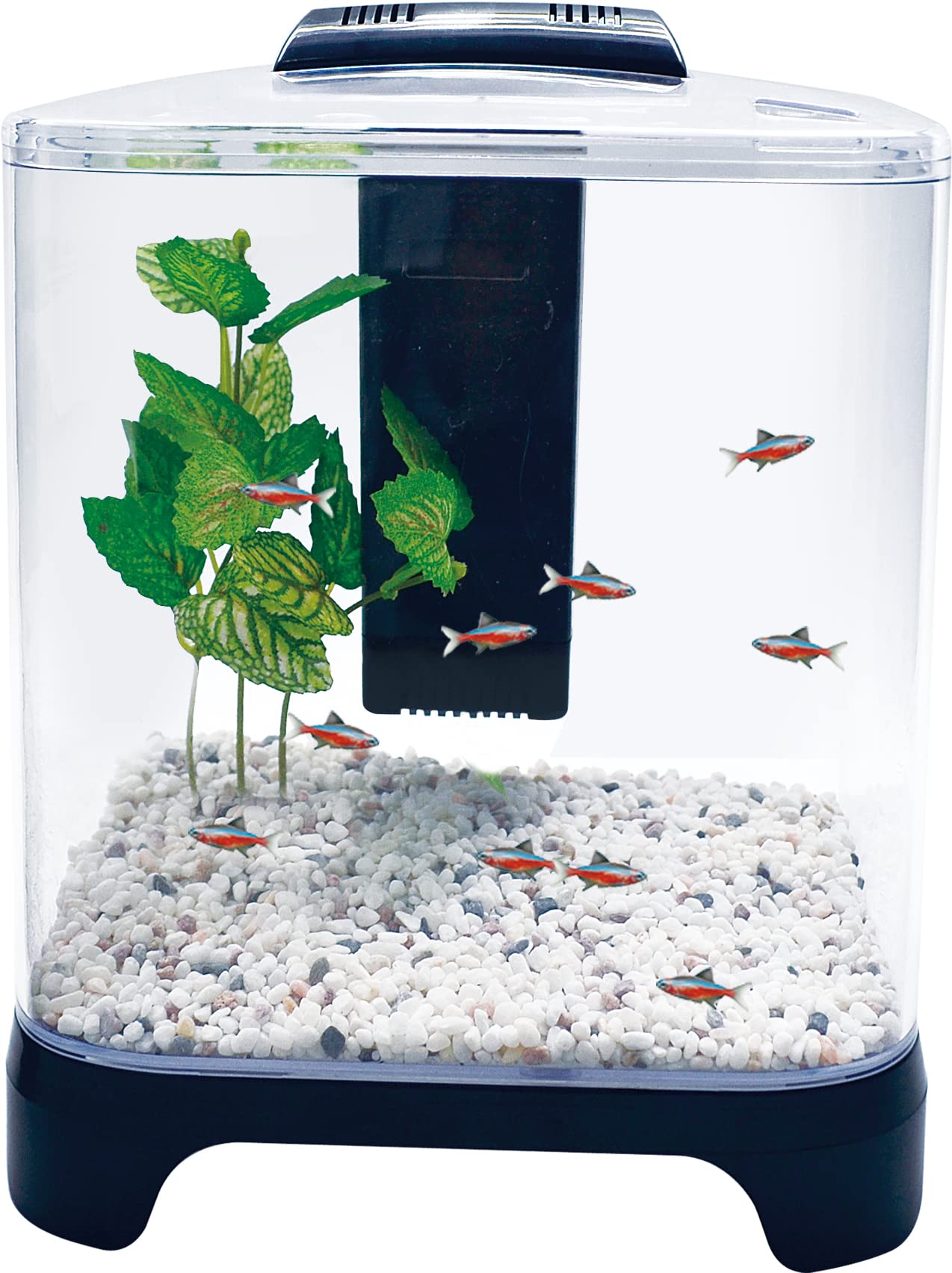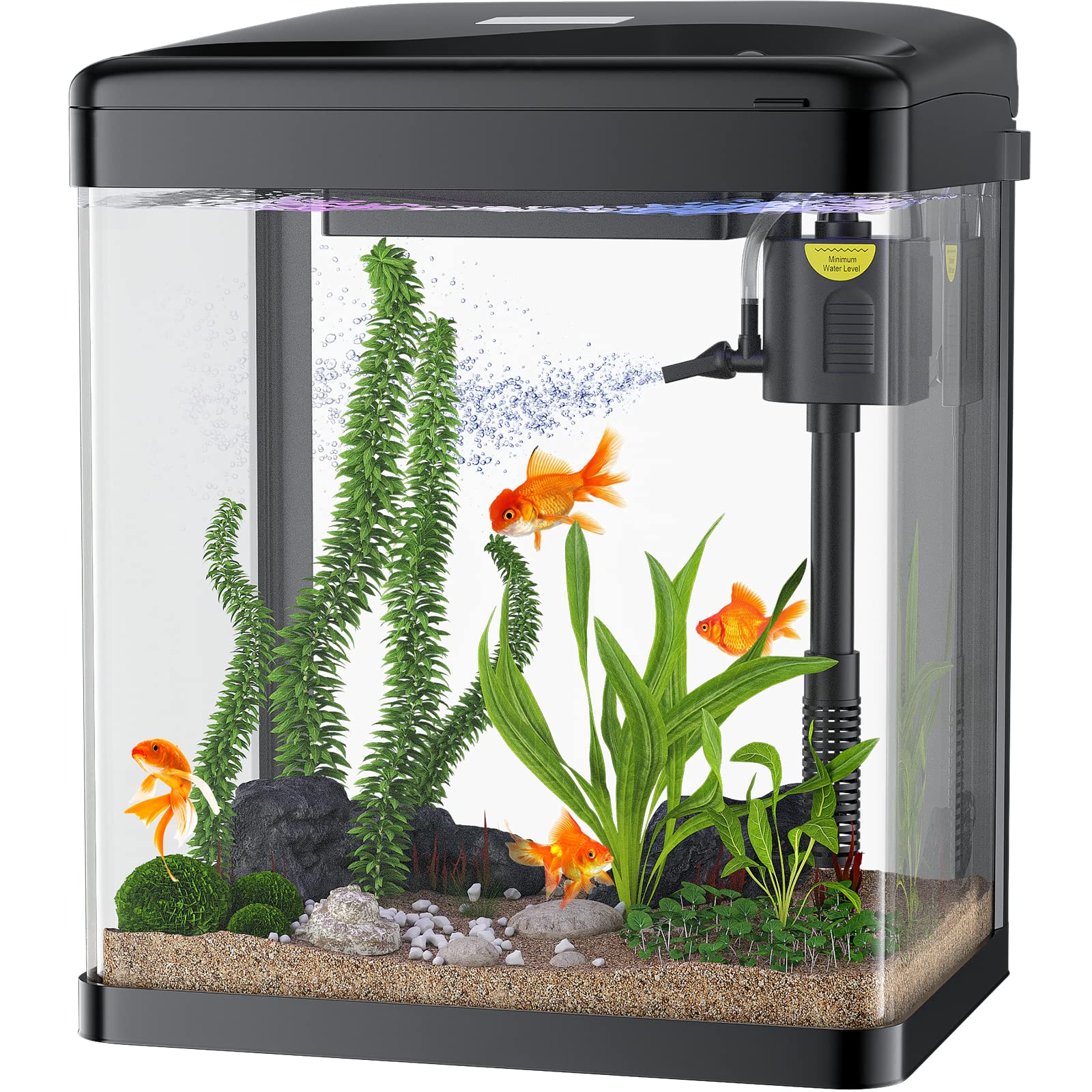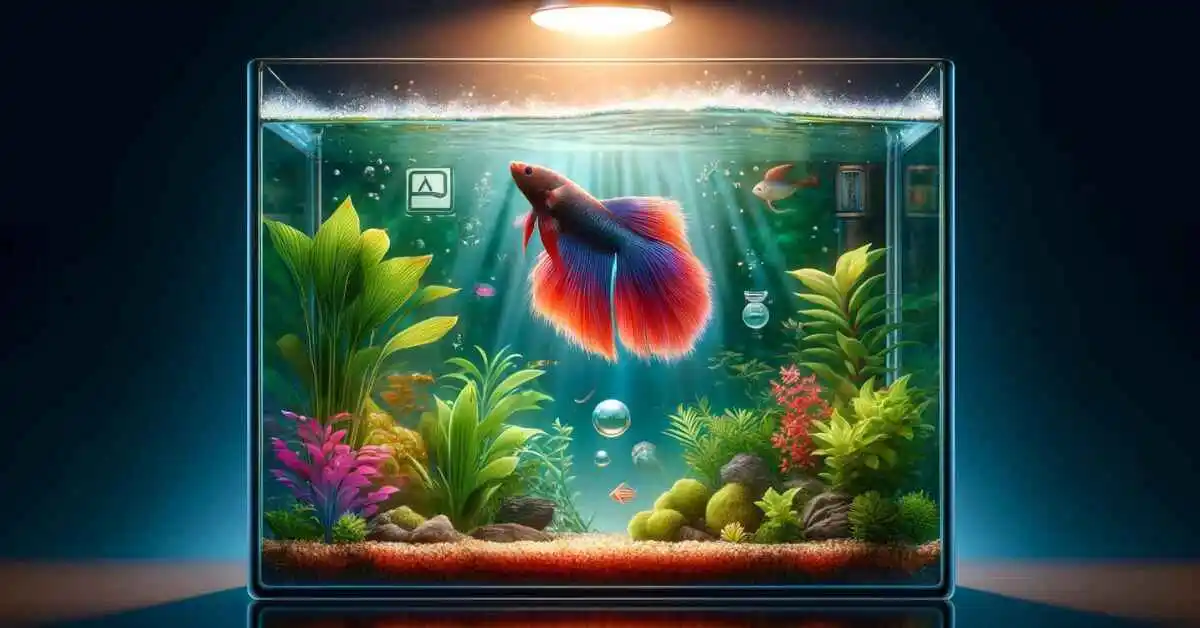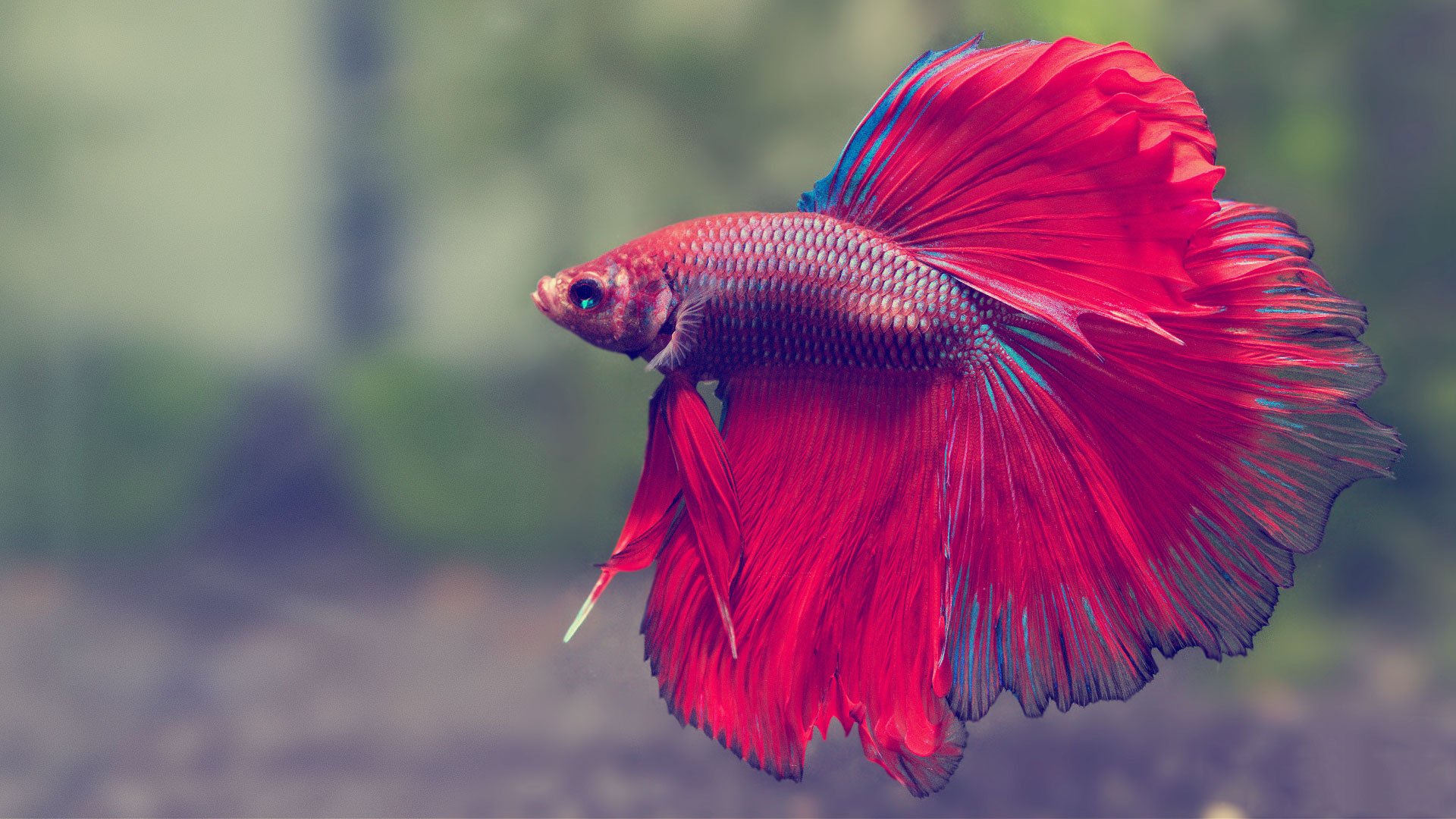Introduction: Debunking the Myths Surrounding Betta Fish Tanks
Contrary to popular belief, the concept that betta fish thrive in tiny containers couldn’t be further from the truth. Often seen displayed in small, ornamental bowls, these vibrant creatures, also known as Siamese fighting fish, have a reputation for surviving in cramped conditions. However, understanding the natural habitat and behavior of bettas reveals a stark contrast to this misconception. This comprehensive guide, backed by expert advice, delves into the real requirements for a healthy and happy betta fish environment, emphasizing the importance of adequate tank size.
The Natural Habitat of Betta Fish: A Freshwater Haven
Bettas are native to the slow-moving, shallow waters of Southeast Asia, particularly in the rice paddies, streams, and marshes of countries like Thailand. These environments provide them with ample space to explore, hide, and establish territories. Contrary to their common housing, these habitats are not stagnant or miniature but rather spacious with plenty of vegetation for cover. Understanding this background is crucial to replicating a suitable environment in captivity.

Minimum Tank Size: Busting the Bowl Myth
Aquatic experts unanimously agree that a single betta fish should be housed in a tank no smaller than five gallons. This minimum recommendation is based on the understanding that bettas need room to swim, exercise their fins, and establish territories without feeling constantly stressed or confined. Anything less risks compromising their health and well-being. A larger tank not only provides more space but also aids in maintaining stable water parameters, reducing the frequency of water changes needed.
The Advantages of a Larger Tank for Betta Fish
Going beyond the bare minimum, a tank ranging from ten to twenty gallons offers a multitude of benefits. Firstly, it accommodates a more sophisticated filtration system, which is vital for maintaining water quality. Bettas, despite being labyrinth fish capable of breathing atmospheric air, still primarily rely on dissolved oxygen in the water. A larger tank allows for better oxygenation, reducing stress and the risk of health issues like fin rot and respiratory problems.
Secondly, a spacious tank enables the creation of a diverse aquatic ecosystem. Live plants, rocks, driftwood, and caves offer hiding spots, which are essential for bettas as they mimic their natural habitat. These features also encourage the growth of beneficial bacteria, contributing to a balanced and healthy environment. Furthermore, a larger tank opens up opportunities for温和 companionship—introducing compatible tank mates such as snails, certain species of shrimp, or peaceful bottom-dwelling fish can enrich a betta’s life without causing undue stress.

Addressing Common Misconceptions About Tank Size
One common myth suggests that bettas prefer small spaces because of their territorial nature. While it’s true that they are territorial, confining them to a tiny area does not simulate their natural environment. Instead, it results in chronic stress, leading to weakened immune systems and shortened lifespans. Another misconception revolves around the belief that smaller tanks are easier to maintain. In reality, smaller volumes of water are prone to rapid fluctuations in temperature and chemistry, necessitating more frequent and precise maintenance.
Designing the Optimal Betta Fish Tank
When setting up a tank for your betta, prioritize horizontal swimming space over depth. Bettas are surface dwellers and appreciate easy access to the water’s surface for gulping air. A long, shallow aquarium will cater to their natural instincts better than a tall, narrow one. Incorporate a gentle filtration system that doesn’t create strong currents, which can exhaust bettas. Regular partial water changes (around 20-30% weekly) are vital to maintaining a clean environment. Lastly, aim for a balanced decor that includes both open swimming areas and hiding places to satisfy your betta’s natural instincts.

The Impact of Tank Size on Betta Behavior and Health
Adequate tank size directly influences a betta’s behavior and overall health. In a larger environment, you’ll observe more natural behaviors such as flaring, exploring, and even building bubble nests for males. These activities are indicative of a comfortable and stress-free lifestyle. Health-wise, bettas kept in larger tanks exhibit stronger immune systems, brighter colors, and more robust finnage. They are less susceptible to diseases, including fin rot, swim bladder disorders, and lethargy. Moreover, a healthier betta translates to a longer lifespan, with some individuals thriving well beyond the average two to three years in captivity.

Enhancing Betta Habitat through Aquascaping
Aquascaping, the art of arranging aquatic plants, rocks, and decorations, plays a pivotal role in enriching your betta’s environment. Not only does it contribute to the visual appeal of the tank, but it also mimics the complex habitats found in their natural homes, such as slow-moving streams and rice paddies.
- Plant Selection: Live plants are highly recommended for betta tanks as they help in oxygenating the water, provide natural hiding spots, and contribute to maintaining water quality by absorbing excess nutrients. Some excellent choices include Java Ferns, Anubias, and Hornwort, which thrive in the warm, slightly acidic water conditions preferred by bettas. Ensure the plants have enough space to grow without overcrowding the tank, and avoid sharp-edged plants that could damage your betta’s delicate fins.
- Substrate and Decor: A soft, fine-grained substrate like sand or small gravel is ideal for bettas, as it prevents any injuries during their occasional digging. Incorporate natural-looking decorations such as driftwood, rocks, and caves to create a varied terrain that encourages exploration and provides shelter. Arrange these elements to break up lines of sight, reducing stress from constant visual contact with tank mates or reflections.
- Creating a Balanced Ecosystem: Introducing beneficial bacteria through products designed for cycling new tanks and maintaining live plants helps establish a healthy ecosystem. This biological balance aids in breaking down waste and maintaining stable water parameters, further enhancing your betta’s well-being.

Conclusion: Prioritizing Welfare Over Convenience
In conclusion, the notion that betta fish can thrive in tiny containers is a harmful misinterpretation of their needs. Providing a tank that meets, if not exceeds, the recommended size is a fundamental responsibility for any betta owner who genuinely cares about their pet’s welfare. Remember, a larger tank is not just about physical space; it’s about promoting a lifestyle that mimics their natural habitat, fostering good health, and allowing their vibrant personalities to flourish. By making informed choices, we can ensure our betta fish lead lives that are as rich and fulfilling as they deserve.










